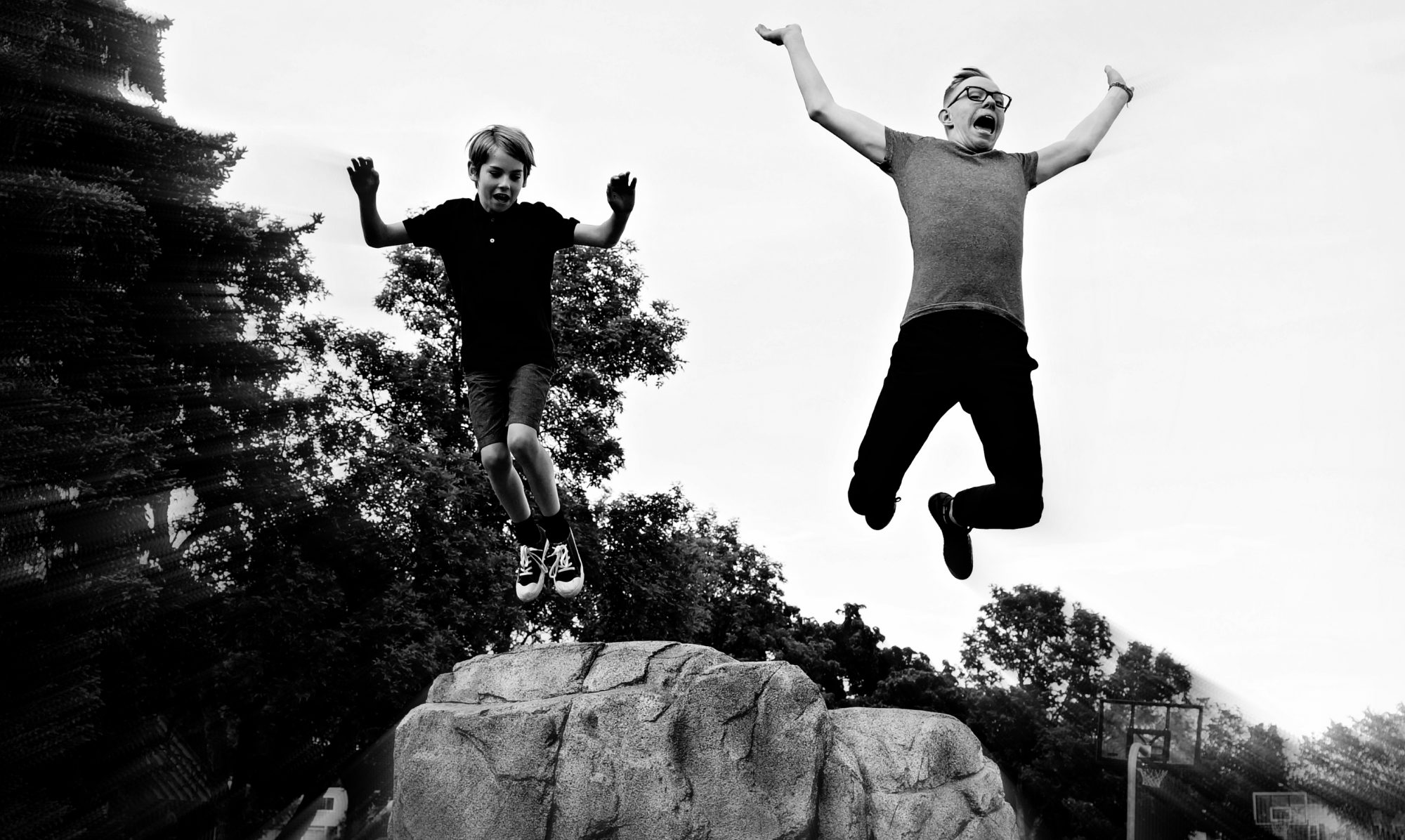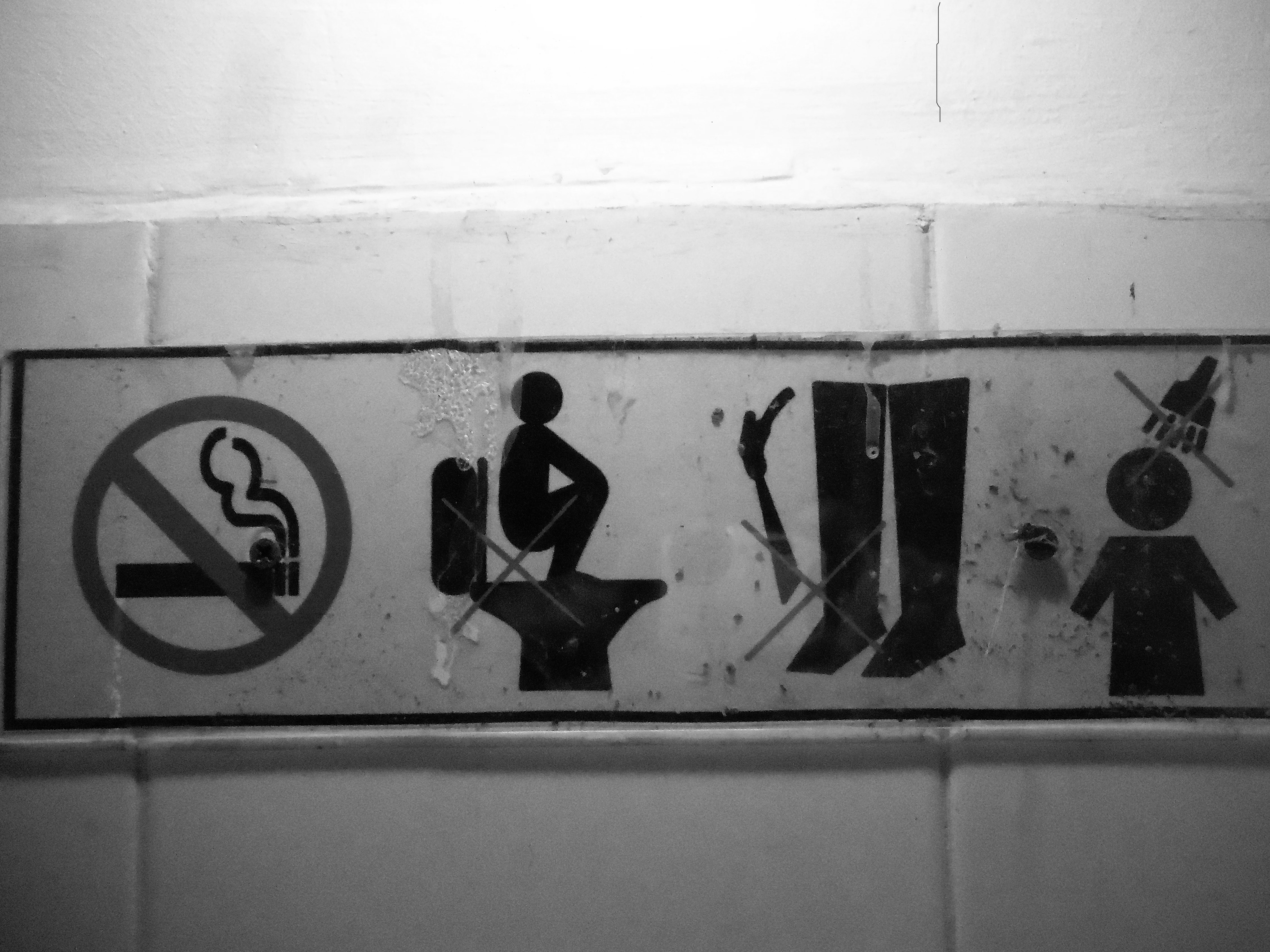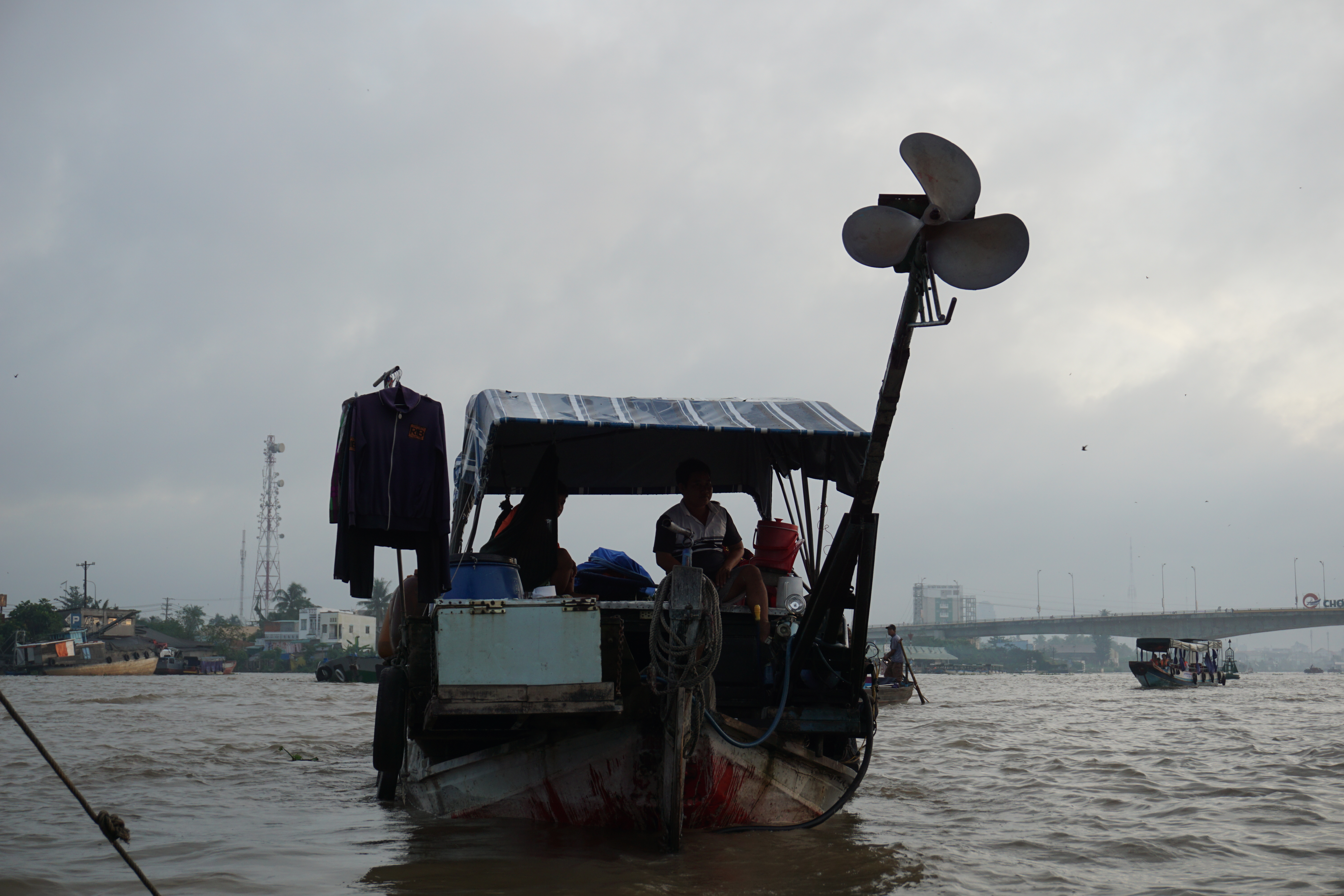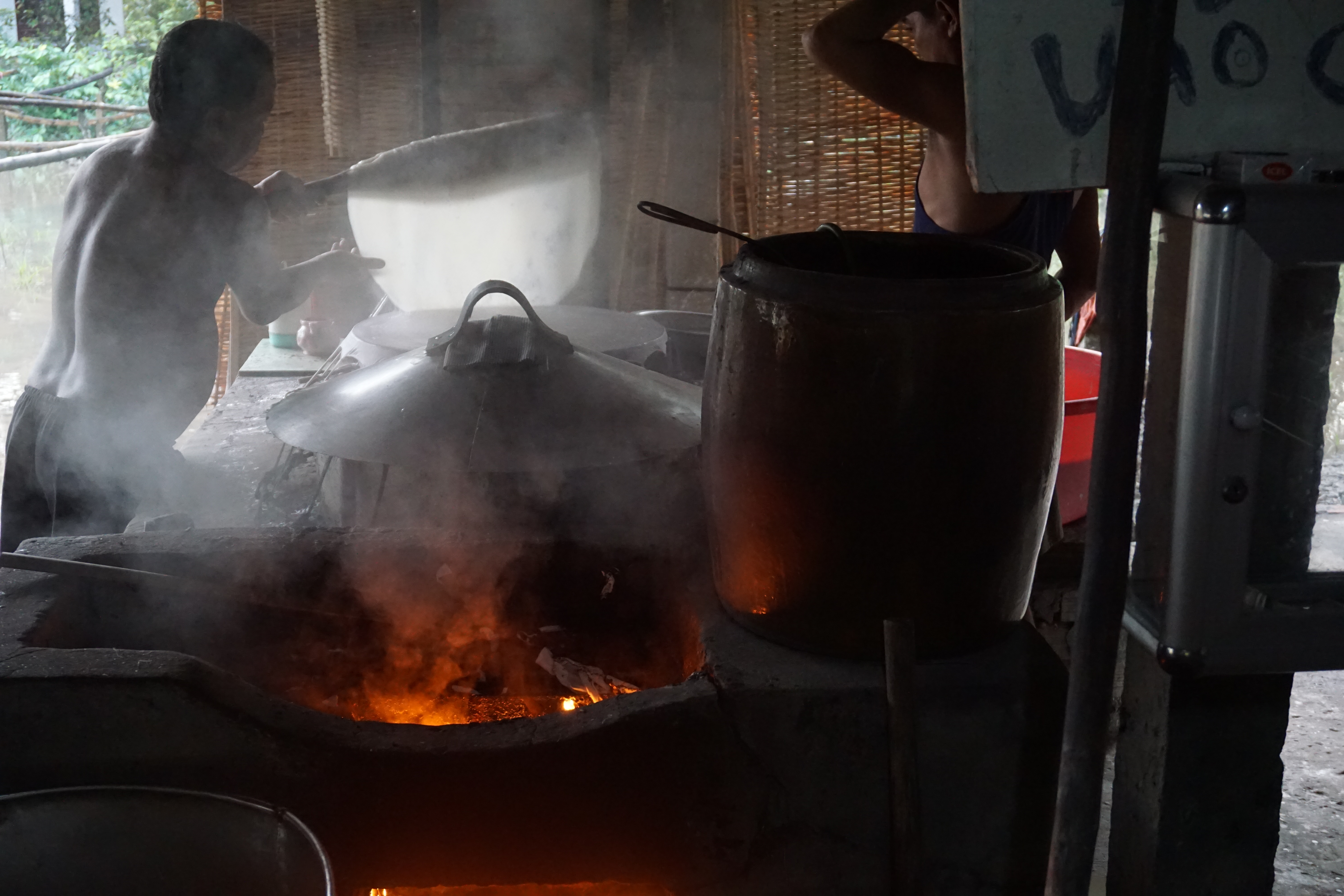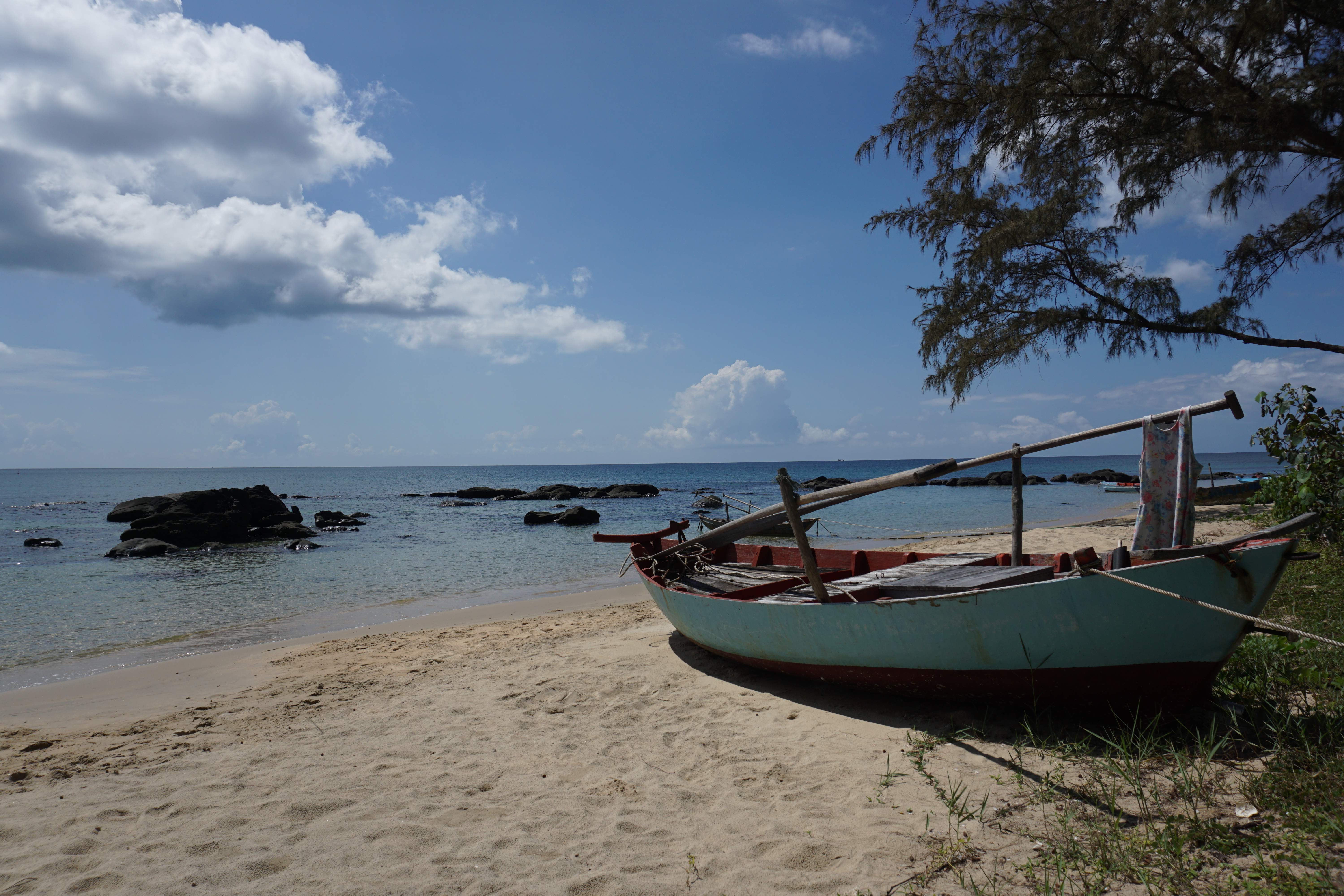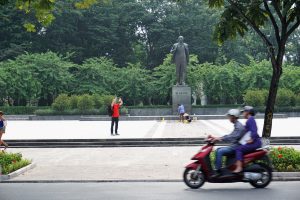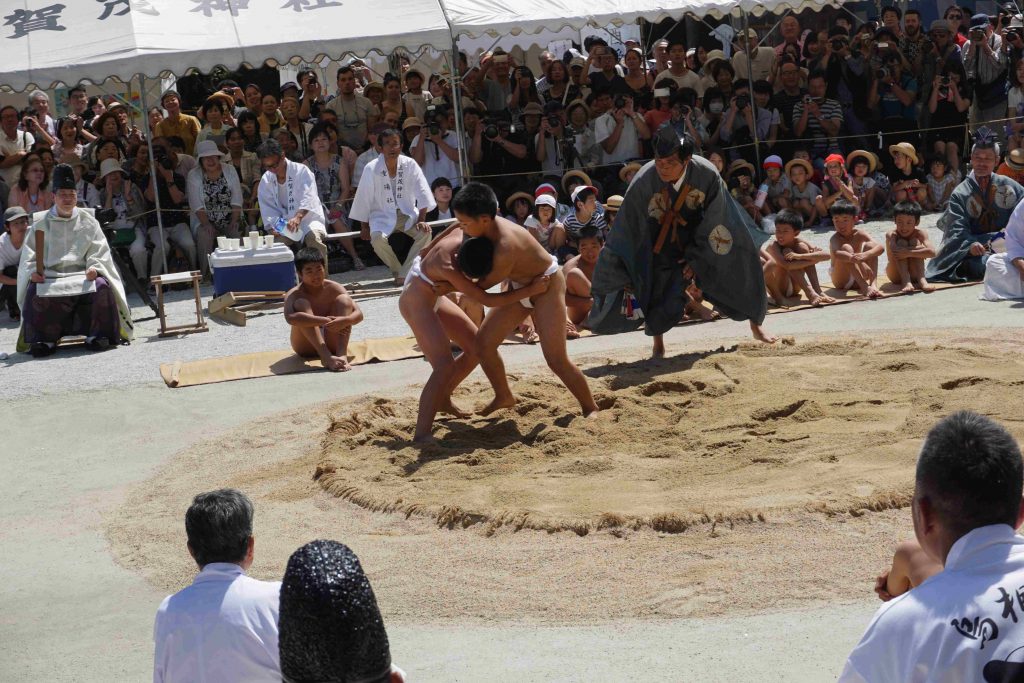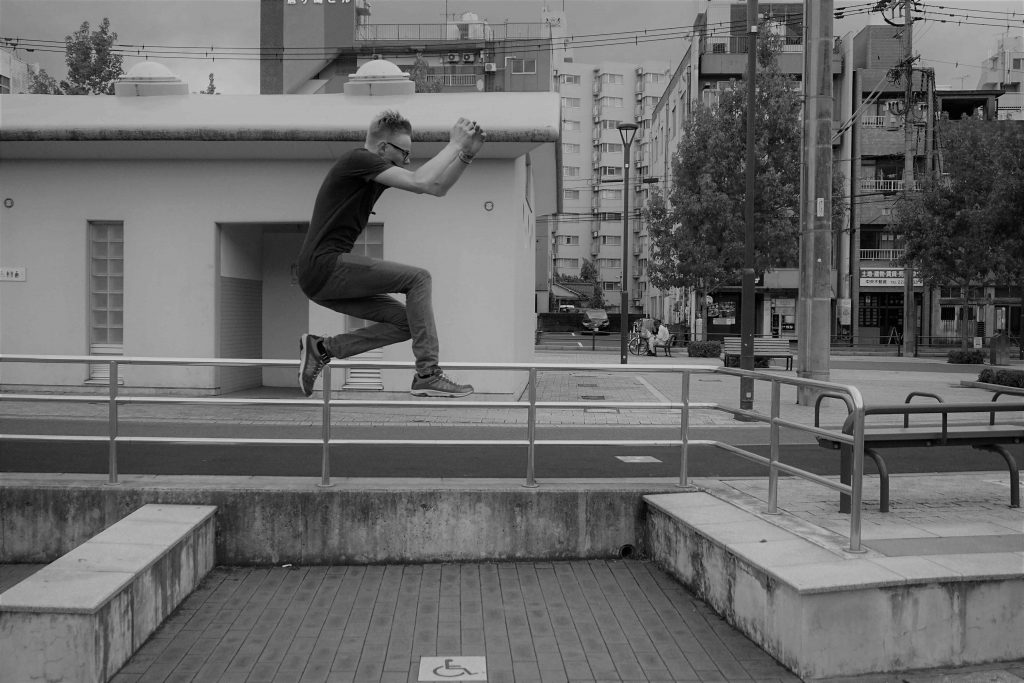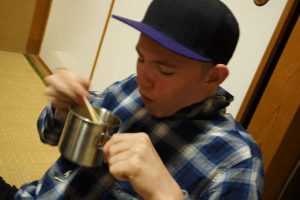“Buy this car to drive to work, drive to work to pay for this car”
So, a few days ago I was reading the first chapter of “The Problem of Work: Feminism, Marxism, Antiwork Politics, and Postwork Imaginaries” by Kathi Weeks and I had one of those uncomfortable parenting moments when you realize the incongruencies and hypocrisies between the theoretical ideals and philosophical musings which you think you hold and the everyday practices and conversations which you engage in.
In the text, Weeks (2011) asks the reader to question the logic of work and to consider for a moment why we are so inattentive to the endeavor of work given: the time dedicated to training as well as searching and preparing for work; the centrality of work in our identity and morality, the significance in our class and political formation; the impact of work status on eligibility to health care, pensions and income support; and that it is literally how most of us ‘earn’ our living. While Weeks’ arguments are presented as provocative, they are not unfamiliar, with threads of the discourse found within both popular culture and academia. Our year of sabbatical was, if nothing else, a conscious step off the treadmill of work and school, a time of questioning and recognition of the place work holds in our lives.
“Raising children with the attributes that will secure them forms of employment that can match if not surpass the class standing of their parents is the gold star of parenting.” (Week, 2011 p.6)
Pause.
Our eldest is now 19 years old, a high school graduate that found little validation in his public school experience. Since leaving the hollow halls of “formal” learning he has been engaged in numerous gig positions, picking up enough seasonal and contract work to cobble together part-time work. During non-waged hours he contributes to various home-tasks (reproductive work) that frees labour and boosts the productivity of our (the parents) work. He provides technical assistance within the home and voluntarily offers his knowledge and skills for free within our community and to his online peers. He is the creator and encourager of music, graphic art and media production. And, this was/ is achieved through substantial and sustained self-directed learning in response to problems he wants to solve and visions he wants to create. If work achieves something, involves a challenge and requires effort and persistence (Cairns & Malloch, 2011), then I can say he is working full-time. And if training adds value to the worker (McPherson & Wang, 2014), that engagement in social practices and problem solving is learning (Billett, 2004) and that leisure allows for schooling in the important pursuits, as suggested in Cairns & Malloch (2011), then I can also say he is both learning and preparing for the future.
And yet….
Too often and too easily we, his parents, slip into conversations: inquiring about job openings, suggesting potential training programs, nudging towards further educational opportunities and/or encouraging (pushing?) him to be more productive with his “what we will” time – this last conversation most likely entered when we ourselves are feeling overworked or time crunched. There is, upon reflection, a frightening regularity and predictability to these largely one-way conversations.
Ummm, what is driving this?
As parents and educators, we have often been openly and honestly critical of formal education for; its homogenizing effect; false narrative of meritocracy; emphatic focus on individualism; and for what Mojab (2009) refers to as the “…normalisation of capitalist relations” (p.7). Yet I think we are also challenged to envision what exists outside this model of formalized training/schooling for work. Or perhaps rather, we do envision alternative structures, however, there is perceived safety in the standard. There are the “what if’s”. If we don’t nurture/encourage/expect/demand the attributes of employability, what kind of future will said son have? How will we be judged or held to account as guardians?
I wonder, to what extent these conversations are driven by gendered ideas of work? While Weeks’ argues there is a “…marginalization and an underestimation of unwaged forms of reproductive labour…(p.13) she also suggests that there is a sanctification of feminized forms of labour and I will add a cultural narrative of the helpful female volunteer (See Desire for Development: Whiteness, Gender, and the Helping Imperative). While it is still culturally tolerated for a young woman to live at home to ‘help’ parents and the community, in preparation for the duties found in marriage and childrearing, young men are expected to practice being ‘breadwinners’ and ‘providers’, with no need for practicing domesticity. Would extended family question him less about future plans and current waged work if he was female?
Is there an element of envy and resentment present in these conversations? As a member of our family, our son is afforded what is essentially a basic income. He is able to cover the cost of some essentials and he knows that regardless of fluctuations in hours or wages, that his basic needs/cost (shelter, food) are secure. This basic income affords, as earlier shared, a very different engagement in work, learning and life, one that is: void of overwork; open to the sharing rather than selling of skills; and more self-guided and intrinsically motivated. Are we jealous of this ‘luxury’? Do we, (not) so secretly wish to engage less in work and a little more in “…creative activity, not only to make commodities but to remake a world” (Weeks, 2011 p.19). If so, what is it exactly that is preventing us from pulling back? Do we fear the world being remade by youth? Do we (un)consciously believe that those not consumed in waged work are ‘not pulling their weight’?
The current pandemic has offered a socially acceptable excuse for some to engage in work in a different way. For the moment it is ‘normal’ to have reduced hours, work part-time or to question the logic and feasibility of education/training for work. But if scholars, such as Guy Standing are correct, the precarity evident during the pandemic is not new but rather a growing feature of our society. In such an environment, even the best of parents may not achieve their gold star. What does that mean for how we organize our family units and communities? Our relationships with one another?
References
Billet, S. (2004). ‘Workplace participatory practices,’ Journal of Workplace Learning, 16, 6, 312-324.
Cairns, L. & Mallock, M. (2011). Introduction: Theories of work, place, and learning: New directions in The Sage Handbook of Workplace Learning. London: Sage, pgs. 3-16.
Heron, B. (2007). Desire for Development: The Education of White Women as Development Workers, Wilfrid Laurier University Press
McPherson, R. & Wang, J. (2014). Low -income low-qualified employees’ access to workplace learning. Journal of Workplace Learning, 26 (6/7), pp 349-363 http://dx.doi.org/10.1108/JWL-09-2013-0069
Mojab, S. (2009). Turning work and lifelong learning inside out: A Marxist-Feminist attempt. In L. Cooper & S. Walters (Eds.), Learning/Work: Turning work and lifelong learning inside out. Cape Town: HSRC Press. Pgs. 4-15.
Standing, G. (2011). The precariat: The new dangerous class. London: Bloomsbury Academic.
Weeks, K. (2011). The problem with work: Feminism, Marxism, antiwork politics, and postwork imaginaries. Durham: Duke University Press.
